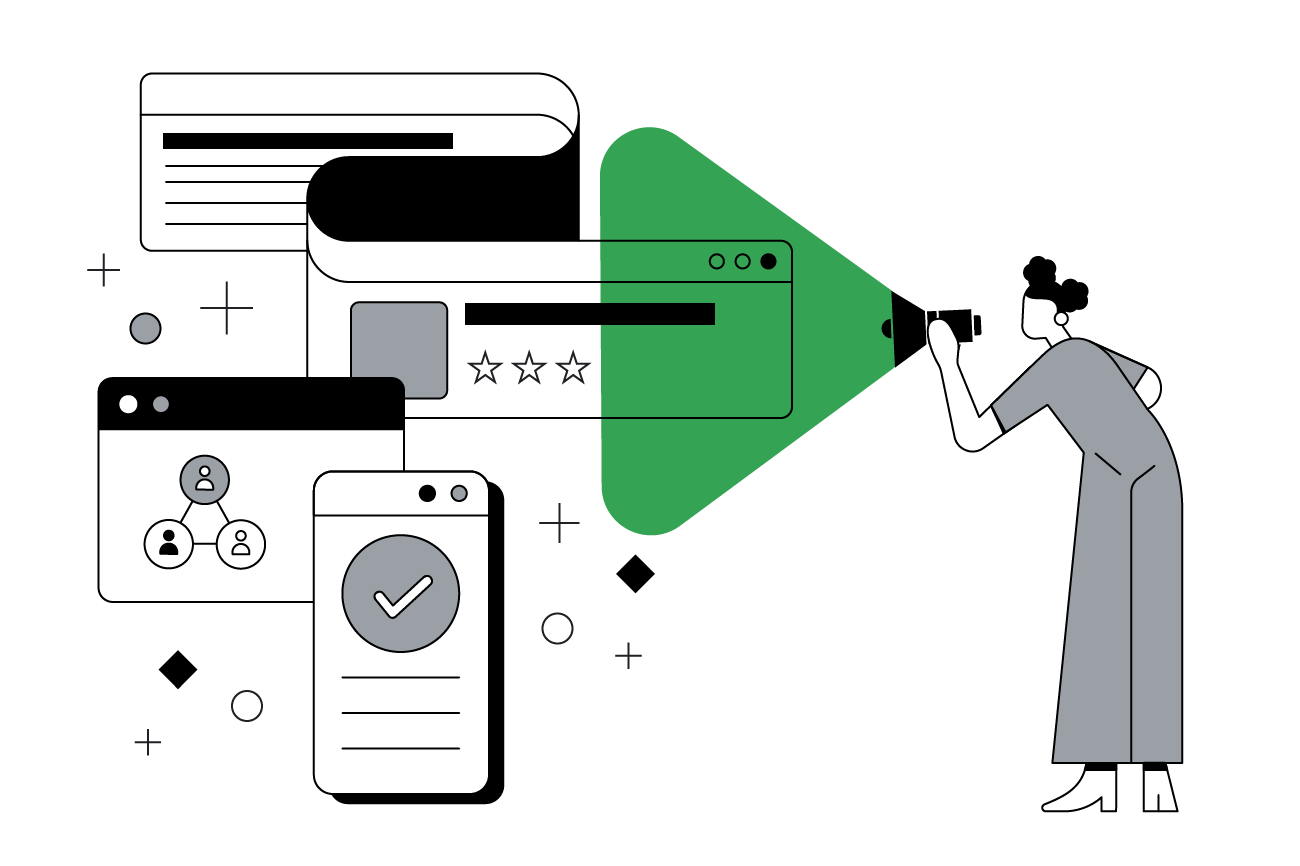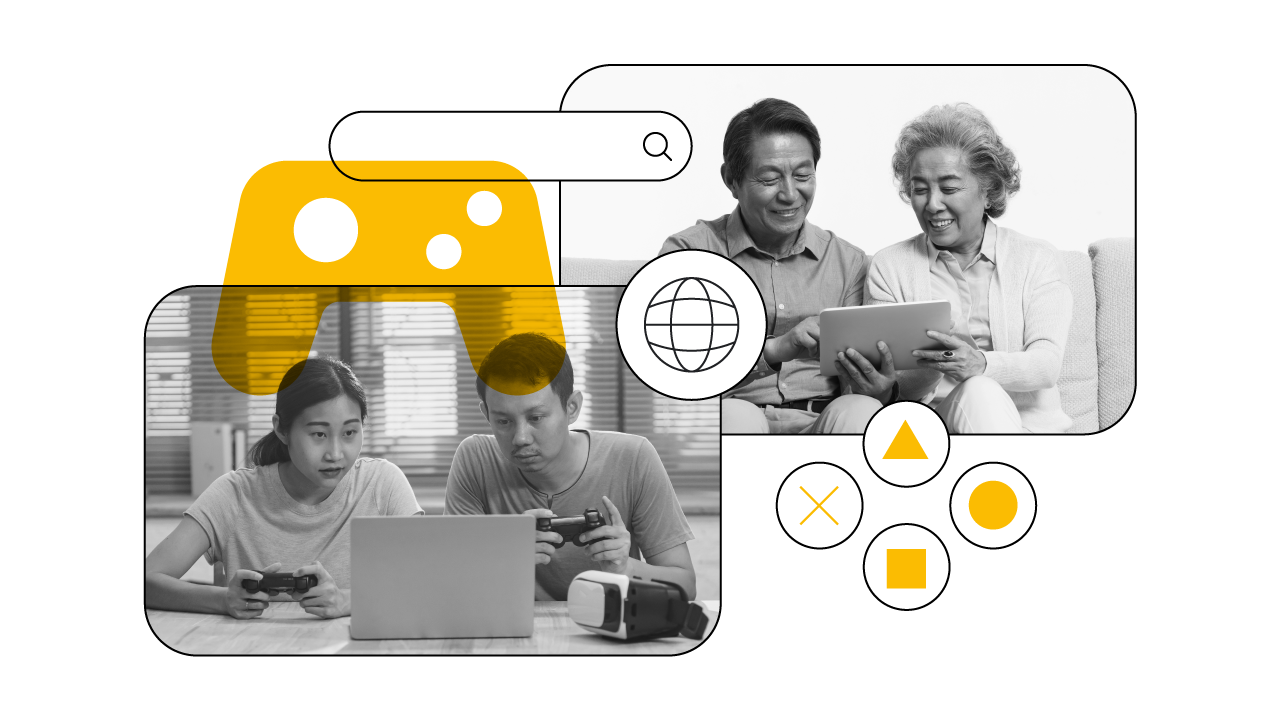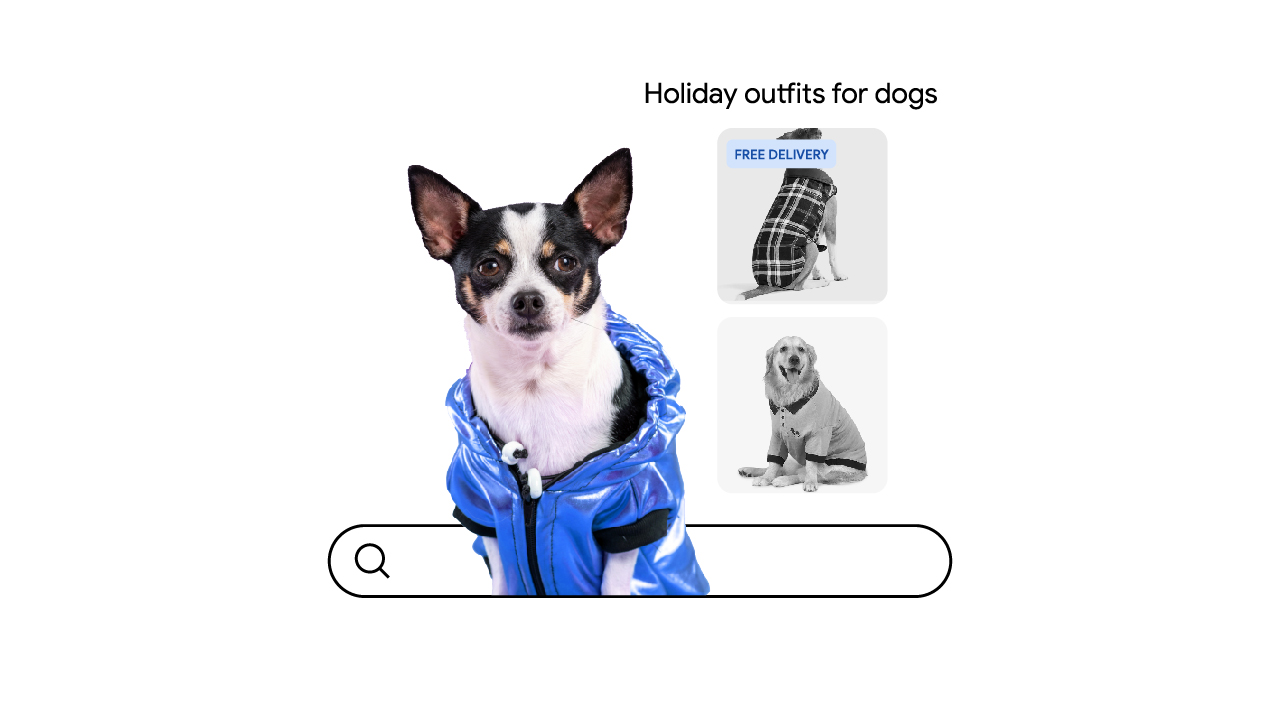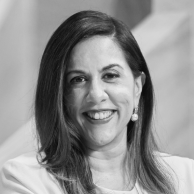When British-Danish comedian and broadcaster Sandi Toksvig was studying anthropology at university, one of her female professors held up a photograph of an antler bone with 28 markings on it. “This,” said the professor, “is alleged to be man’s first attempt at a calendar.” Toksvig and her fellow students looked at the bone with admiration. “Tell me,” the professor continued, “what man needs to know when 28 days have passed? I suspect that this is women’s first attempt at a calendar.”*
People don’t buy products. They buy stories. But what happens when the stories we tell as marketers misrepresent reality? It’s our job to connect with customers through stories that accurately represent the world around us, and it’s also our job to make sure every part of the business is staying true to the values of the brand — from research to product design. When we fail to do this, we not only lose the connection to our customers, but we also perpetuate harmful assumptions and stigmas that can widen gaps in inequality.
Often, it’s women’s stories that are most underrepresented or not told at all. According to a study from J. Walter Thompson’s Female Tribes initiative, 85% of women think the advertising world needs to catch up to the real world when it comes to gender roles, and 66% switch off media when it stereotypes women negatively. This could have a significant effect on businesses, particularly when we see that across ads in India, Australia, Japan, and New Zealand, male voices are heard nearly 2X more often.
Representation shouldn’t be a check box for brands to tick but an opportunity to find untold stories that truly connect with your customers.
Take Vaseline — who chose to tell the story of Madam Lee, a knife sharpener in Singapore who uses Vaseline products on her cuts so she can continue to work and stay competitive in the blade-sharpening industry — a profession typically dominated by men.
Telling her story helps people see women across industries, challenges long-accepted norms about gender roles, and shows the Vaseline brand in a unique way — by being authentic and honest about the role they play in Madam Lee’s story.
But how do we find these stories? Google took a look through the search bar — to see what the billions of searches might reveal about the needs of our society and the role brands can play in shaping perceptions.
The differences we found in searches reveal some inequalities and how society has often forgotten about women. But we also found opportunities for brands to help.
What we learned is that most products have been designed for an “average user” who has been historically defined as a white male, about 70 kilograms and 170 centimeters, and is both middle-aged and middle class.
Because of this, women often have to specify their gender in the search bar when the default does not apply to them — as do many other people who don’t fit this “average” mold.
While creating customer profiles to make products and campaigns that serve a large audience can help companies scale, Elise Roy, VP of inclusive design and accessibility at Salesforce, challenges our focus on the average user to do this: “Instead, we should be looking at extreme users. They are a gold mine for helping us think differently.”
To help you expand your thinking beyond what has traditionally been considered “the norm,” we uncovered three opportunities in our search data to both challenge the status quo and to help build your brand by serving women’s needs.
Uncovering the search for safety
According to Reuters, due to the high risk of sexual violence and forced slave labor, India is considered one of the world’s most dangerous countries for women. Around 800 women are affected every day — and that’s just the cases that are actually reported.
India, the Philippines, Thailand, and Vietnam were among the top global markets associated with female-related public safety searches in 2020, such as “taser for women” and “pepper spray for women.”1
In India, we also saw searches for “self-defense classes for women” far outweighing searches for similar classes for men.2 In 2020, we saw a 90% growth in searches for “self-defense classes near me” compared to the previous year.3 At the same time, searches for “women’s helpline number” were also up by 66% compared to 2018.4
An all-female team of product engineers at Vodafone came up with Sakhi, a solution designed to give women the confidence to safely travel away from home. The free mobile service provides a set of security and safety features, including location-sharing alerts with up to 10 emergency contacts when needed.
Because some products are not built with women in mind, women feel the need to specifically call out their gender while searching online to get safe sizing or fit — a trend that is not seen as often (if at all) for men when it comes to safety. For example, Search reveals queries for “women’s PPE suppliers,” “scrub suits for women,” “women’s full-face helmets,” “women’s diving mask,” or “mask for a small face.”5
Serving women requires expanding your brand’s definition of what you offer. Examine your mission and see if it holds true across the needs of all your customers.
Uncovering the search for financial freedom
According to the World Bank, Southeast Asia has one of the lowest levels of financial inclusion in the world. Around 80% of people in Indonesia, the Philippines, and Vietnam, and 30% of people in Malaysia and Thailand, are unbanked.
As we look to the search bar, we see how this issue affects the region’s female population. Searches for “loans for women” grew by 70% in the Philippines, Hong Kong, and Singapore and by 80% in India.6 Across APAC, we also saw search queries such as “equal pay for women,” “scholarship for women,” and “online jobs for women at home.”7
Women are 23% less likely to be participating in the workforce compared to males in Southeast Asia, and we see this reflected in searches across APAC. In India, searches for “jobs for women” are 3.2X higher than “jobs for men,”8 whereas in Japan, unemployment searches were up 35% last year.9 This followed one million jobs being lost in 2020 — of which 59% belonged to women.

Brands can make a difference in this area. Take Lucy, for example. Lucy is a new start-up owner based out of Singapore who aims to foster the growth of the female-led entrepreneurial scene in Southeast Asia. The company’s financial services are built around the specific challenges women face, and each is tailored to their needs — from internet banking and home businesses to support and education.
Uncovering the search for equal expectations
In most cultures, disproportionate expectations are placed on women regarding their bodies — such as having an attractive appearance and bearing children. Dealing with those expectations can often make women feel isolated. But brands have the ability to help unite through sharing stories, normalizing taboos, and emboldening everyone to challenge unfair expectations.
Beauty standards have become extreme for everyone around the world. Mentions of hashtags related to body shaming were up 150% in Indonesia.10 But we know these pressures have been historically higher for women. In Singapore, searches for “body fat percentage female” surged by 350% from 2019 to 2020.11 In India last year, searches for “weight loss app for women” (with no searches for a similar app for men) were up by 130% in 2020,12 whereas searches such as “body shaming after pregnancy” were up 70% year over year in Thailand.13
Comedian Naomi Watanabe, launched the Punyus clothing brand (meaning “chubby” in Japanese) to challenge this mentality head-on:
“A lot of Japanese clothing brands don’t necessarily care about catering to consumers. It’s more like, ‘We’re going to make a pair of jeans — if you can’t fit into them, then it’s your fault.’”
As we see from search queries, women throughout APAC are very aware of the assumptions made about their bodies. For brands, it’s important to challenge and not perpetuate these expectations. Brands can change the conversation, too, especially around taboo subjects such as menstruation.
In 2014, Whisper India’s #TouchThePickle campaign did exactly that by challenging the stringent norms placed upon women during their periods. The campaign set out to give a voice to women to challenge period taboos like not entering the kitchen, needing to be confined to a separate room, or not touching the pickle jar for fear the pickle will rot. Since this ad launched, it’s been viewed over two million times on YouTube and won the inaugural Glass Lion Grand Prix at the Cannes International Festival of Creativity.
A brand is the sum of all the things your company says and does — from your research to your production to your communication. On paper, CMOs are responsible for marketing activities. But in reality, the branding job entails making sure all parts of the business align with the values of your brand. This means a constant consideration of the specific needs women and other underrepresented groups might have when engaging with your brand or using your product as well as being deliberate in your efforts to challenge norms and shine a light on the untold stories.








